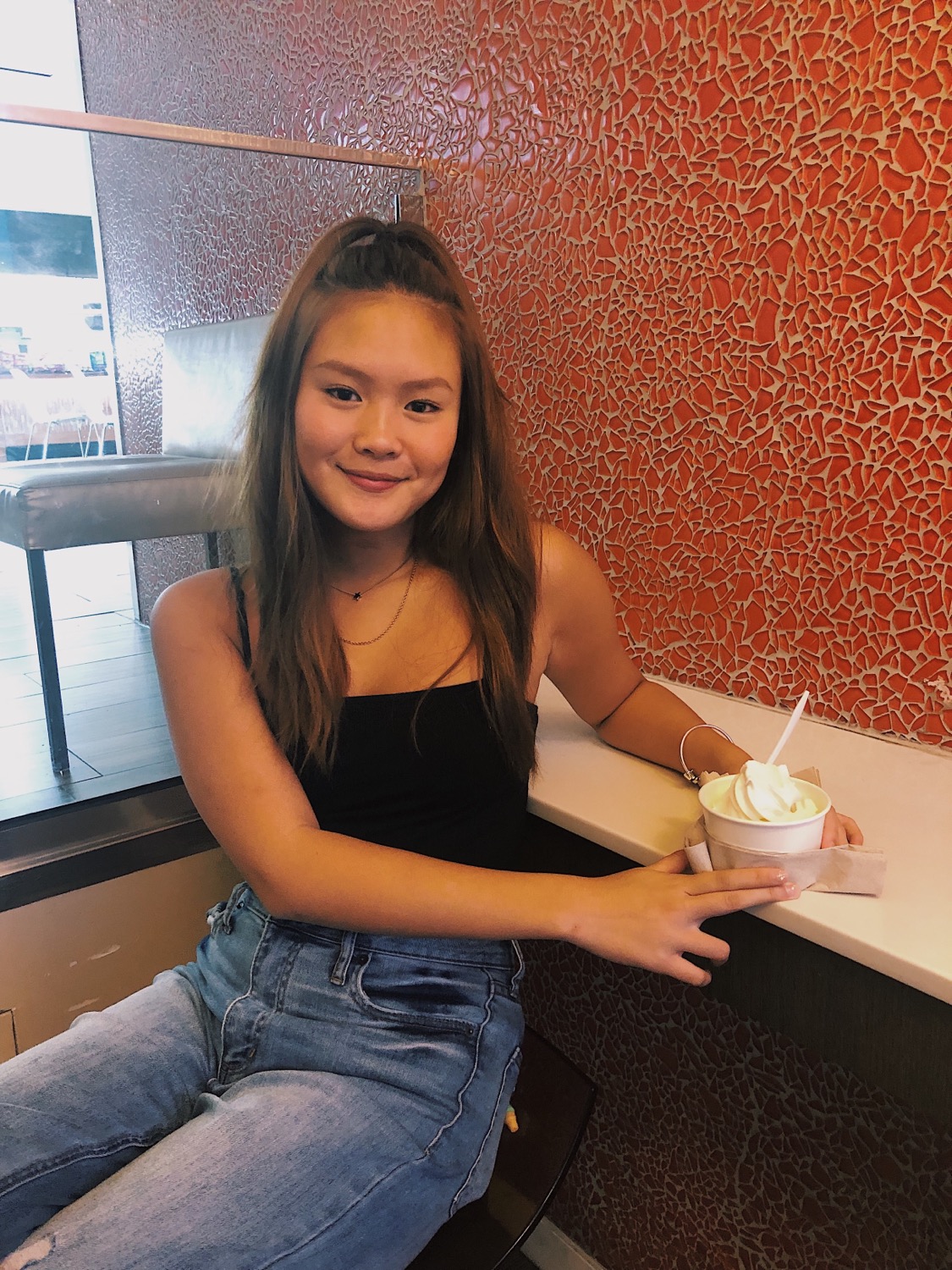A Look Into the Symbolism Behind the Native American's Artistic Heritage
- Nhi Nguyen

- Nov 20, 2020
- 3 min read
With November being Native American Heritage Month and Thanksgiving coming up--Native American culture is as important as ever. Art and music lay groundwork for the culture itself; being used as a form of expression in the Native American way of life for hundreds, even thousands of years. Most art was created in the forms of different symbols, such as a bear, walrus, eagle, or people. The materials to make this artwork varied from rocks, feathers, cloth, clay, and fabric--many examples varying from: basket weaving, walrus teeth, to totem poles, and hand-woven blankets.
Basket Weaving

They were used for food purposes, in the gathering, storing, rinsing, and preparing processes. Baskets were also used for storage of non-food items. Some baskets were very sturdy and used to carry large loads. Some baskets were woven out of very flexible materials so they could be folded up, while others were lined with pitch to make them watertight. Most of the time, women tried to outdo each other with designs and colors. Secret basket making techniques were handed down from mother to daughter.
Walrus Teeth

The Northwest Alaska Inupiat used walrus ivory for trapping net mesh measurements and net shifters. Other hunting tools used were: an inflated bladder with an anchor made of wood and hide, multiple-pronged bird darts and barbed bladder darts. The ivory is reported to have been used to make hunting tools and weapons. Certain tribes used walrus bones and ivory to make tools; the skin to make clothing, boat coverings, harpoon floats, and thongs; the sinews for sewing thread; and the blubber for lamps.
Totem Poles

Totem poles were made to fill a variety of needs, but their primary purposes were to commemorate people or special events. They were typically a sign of affluence, a display of wealth. They were expensive and time consuming to make, requiring significant manpower in their construction, which is why they are generally found near the houses of Native American chiefs. A totem pole in front of a Native Indian's home would show the ancestry and the social rank of the family. They emphasized the powerful rights and privileges that the family held. Totem Poles were created with a lot of symbols Totem poles have unique features and colors depending upon the clan or tribe. Every color used on the poles have meanings as do the figures carved on the Totem Poles. The Symbols for every animal or spirit carved on the pole also have meaning and when combined on the pole, in sequence, tell a story, legend or myth.
Hand-woven Blankets

Traditional blankets were simple in design— early Pueblo blankets prominently featured banded stripe-patterns. The main colors of early blankets were typically grey, brown, tan, white or black, which was due to the natural color of the Churro sheep. Stripes were also colored with indigo, which could be obtained from indigofera shrubs imported from Mexico on pony caravans. The Navajo favored the color red, as it's frequent in their weaving, but it was difficult to obtain red vegetable dyes in the Southwest. There are three major Navajo blanket forms worth knowing:
Serape (shoulder blanket)
Chief’s blanket
Saddle blanket
Saddle blankets are smaller than the two aforementioned and square-ish, however double saddle blankets do exist and these are typically double the length for extra cushioning. Chief's blankets were expensive to make, both in time, effort and supplies, so only certain people could afford these blankets. That’s how these shoulder blankets came to be known as Chief’s Blankets. The color palette is primarily made up of natural shades from sheep and native, natural dyes like indigo. These are often spun together in a mix of brown, tan, white, black, indigo and the occasional red.
These crafts illustrate a beautiful telling of Native American culture, emphasizing the remembrance and respect for the Indigenous community; helping us appreciate the history of Thanksgiving and how we're meant to be brought together during this time of year.

Ms. Nguyen,
This is absolutely fascinating! Your article is very well written and informative. Thank you for sharing more about such an important culture. I especially enjoyed the analysis and cultural significance of the blankets. A delightful read!